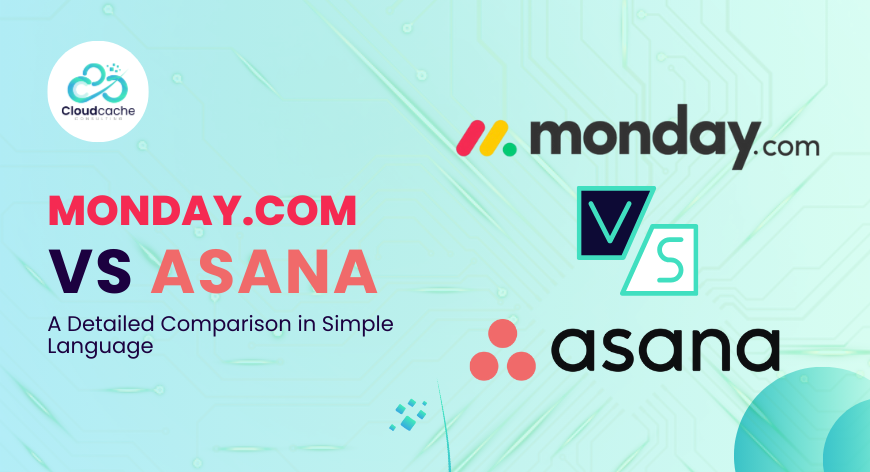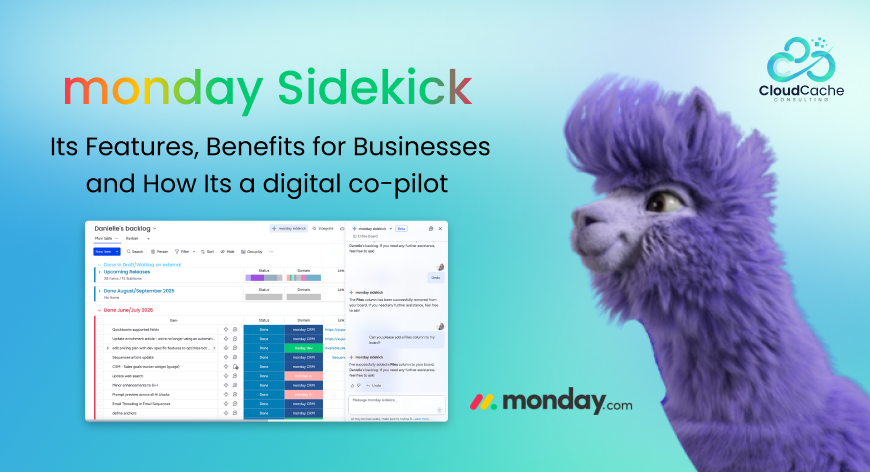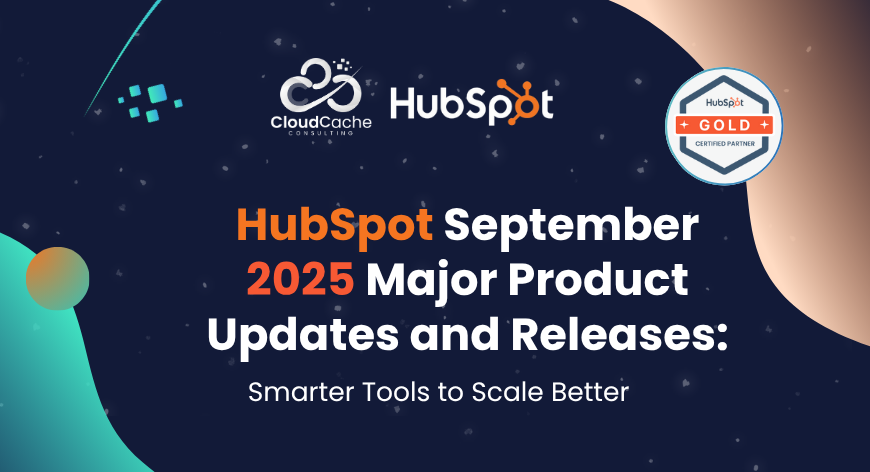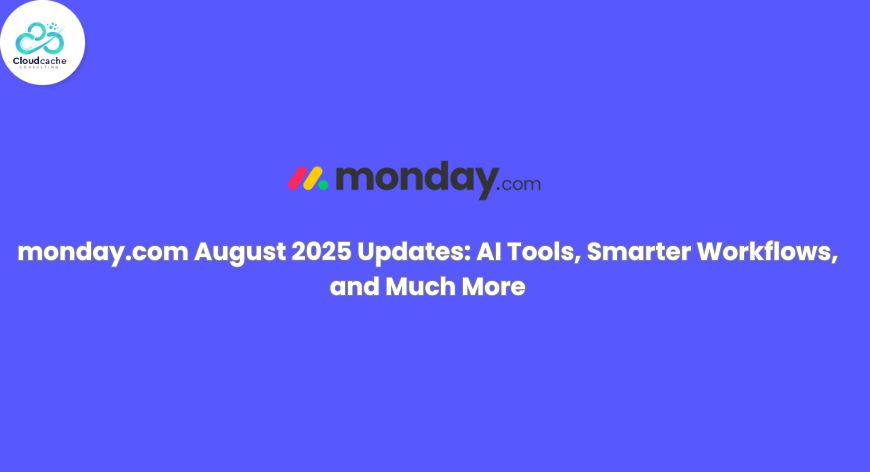
Monday.com vs Asana: A Detailed Comparison in Simple Language
Choosing a work management platform isn’t about just features on a package. It’s about how your team plans a week, runs a launch, and closes the loop without chasing updates. Monday.com and Asana both help you manage projects. The difference shows up when you try to connect real-world work: reporting, permissions, automations, and growth. While both offer useful features, Monday.com usually pulls ahead as a more flexible, scalable, and user-friendly solution. In this article, we’ll compare the two platforms side by side and highlight why many teams prefer Monday.com to stand out over asana.
Monday.com vs Asana
Understanding the Basics
Let’s begin with a basic overview:
- Monday.com is known as a “Work OS” – a system that allows you to build, run, and scale workflows for any project or team. It’s highly visual, customizable, and suitable for all departments, from marketing to HR to IT.
- Asana assists sales reps in tracking team work. It's also for project management tasks. It offers task lists, calendars, and some reporting features, mainly aimed at organizing to-do lists and basic project timelines.
While both tools help you manage projects, Monday.com is more than just task management. It’s a rich featured platform for automation, collaboration, integration, and reporting.
Dashboard and Reporting Features
Information is the backbone of decision-making.
- With Monday.com, you can build automatically updating dashboards that reflect your team or department’s real-time progress. These dashboards are highly customizable with widgets, charts, and tables that pull data from multiple boards.
- You can create custom views, timelines, Gantt charts, Kanban boards, calendars, and even combine them in a single dashboard.
- Asana is quite limited. The charts cannot be resized, and there’s no way to add timelines or calendars directly to the dashboards.
Flexibility and Customization
Not everyone thinks in lists. Some people scan calendars. Some need Kanban. Others want a Gantt. Monday.com is highly customizable. Monday.com lets you set up custom views—calendar, Kanban, timeline, workload, and more—and make them part of the board. People pick the lens that helps them focus.
Asana has a solid list and timeline views. It does the essentials. But when teams ask for mixed, board-level visualizations, Monday.com feels simpler and more complete.
Automation Capabilities
Automation is a major time-saver, and here again, Monday.com has a strong advantage.
- Monday.com lets you set up advanced automations across your boards. For example, tasks can be automatically triggered. You can also automate dependencies, due date changes, status updates, and more.
- The platform supports 60 to 80 automations per board, which gives you a lot of power to reduce manual work.
- Monday.com also has an App Marketplace where you can find more tools and features to add to your workflow.
- Asana limits automations to about 50 per project. It cannot automate dependency updates the same way. You’ll do more manual clean-up in complex plans.
If your team lives on handoffs—design to dev, SDR to AE, AE to CSM—these differences add up. Monday.com removes more of the little clicks your team would rather avoid.
Integration with Other Tools
Modern teams use multiple apps every day. A good project management platform needs to work well with them.
- Monday.com offers strong native integrations. You can easily set up automation with your favorite tools right inside Monday.com.
- Asana has an Integration Centre, but many of the tools are not native and require additional configuration. This means setup can take more time and might not work as smoothly.
Ease of Use and Setup
Monday.com’s boards are visual and tactile. You drag, drop, and color-code. Non-technical teams get comfortable fast. It’s easy to spin up a new board, try a view, or add an automation without calling in an admin.
Asana is clear and clean. It works well for task lists and single-team projects. As you layer on more projects and cross-team dependencies, the interface can feel crowded. People end up clicking deeper to find the same context that sits on the surface in Monday.com.
Scalability
As businesses grow, they need tools that can adapt and scale With Monday.com:
- Growth always brings two pressures: more opinions and more data. Monday.com scales on both fronts. You can add boards, nest workspaces, and roll up views to leadership dashboards without breaking your structure. New teams can plug into the system you already designed.
- Asana scales for simple project portfolios. It handles many projects, but its limits—rigid reporting, capped automations, lighter permissions—show up as you push for cross-functional rhythm.
If you plan to double headcount or add regions, plan for the system that grows with you. Monday.com was built with that in mind.
Security and governance without the drama
Admins need control; teams need freedom. Monday.com gives you templates, permission layers, and automation policies that keep boards clean. You can standardize naming, required fields, and workflows so new boards don’t drift.
Asana offers governance tools too, but the finer controls in Monday.com cut down on one-off requests and accidental edits.
Conclusion: Why Choose Monday.com?
Both tools help teams track work. Choose the platform your team won’t fight with. Choose the one that turns updates into signals, not chores. For most cross-functional teams, that’s Monday.com.
Let your workflows flow smoother with CloudCache Consulting, your data guide better decisions, and your teams stay aligned — all with Monday.com. You can see our clients’ reviews on Upwork.











Leave a Reply
Your email address will not be published.